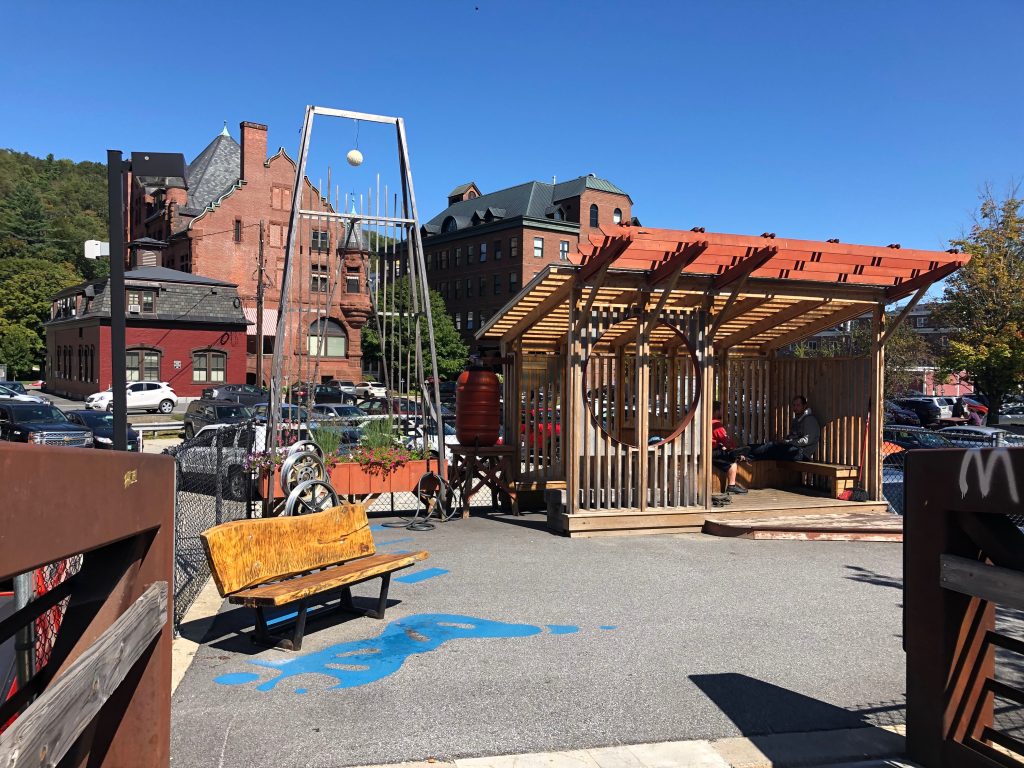Community overview
Vermont’s state capital has a year-round population of approximately 8,000 residents. While the number of year-round residents has not increased in recent years, the City experiences a sharp influx of people commuting to jobs and services in the City, as well as a steady stream of tourists and other visitors. As a result, the pressure of City services is greater than that of comparable municipalities, and the high expectations of Montpelier residents for government services and the protection of the City’s high quality of life, requires careful planning.
Tools you can use
Montpelier Implementation Plan (2000)

In most small towns and cities, balancing the competing demands of residents and visitors with the limitations of local government is a constant challenge. Montpelier is no exception, as City residents have long supported local policies and programs to maintain high levels of municipal services, including professional police and fire departments, well maintained roads and sidewalks, affordable housing and economic development programs, thoughtful land use regulation and historic preservation, recreation and open space protection, and downtown revitalization.
Consequently, the City offers both one of the biggest ranges of municipal services available to Vermonters, as well as one of the highest property tax burdens in the state. To ensure that the wide range of community goals are addressed in a coordinated and efficient manner, City officials have made use of the City’s Master Plan. That plan includes an implementation chapter entitled “Putting the Plan Into Action” that describes specific regulatory changes that are necessary to implement the plan, as well as other studies needed to achieve certain city priorities.
In addition, the chapter includes a matrix that presents each goal and recommendation of the plan, identifies the person or entity responsible for carrying out the recommendation, the time period in which it is to be completed, and the relative priority of the task. In this way, plan implementation may be monitored and evaluated.
Lessons Learned
- The preparation and adoption of a municipal plan is only one step in the planning process. For a plan to be successful, the plan needs to lay out a road map for implementation.
- Identifying the person or entity responsible for undertaking different implementation strategies is an effective way of bringing a range of local officials and citizens into the planning process.
Related Issues




